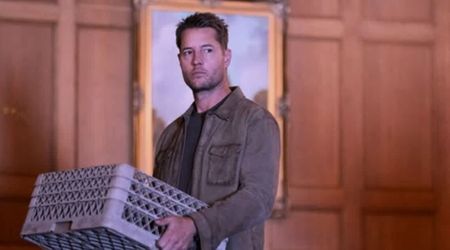America's Hidden Stories: Salem's Secrets reveal how witch trials were used as a cover for ulterior motives

For about three centuries, many questions on the infamous witch hunts in Salem, Massachusetts, have gone unanswered. People have always wondered: Where exactly did these trials take place? What was the main reason behind thes witch hunts? And most importantly, was there really any form of witchcraft being practiced by the accused?
A new documentary from the Smithsonian Channel, titled America’s Hidden Stories: Salem's Secrets, focuses on these centuries-old questions, and finding answers to one of the biggest unsolved mysteries of America. According to the show, the panic began when, “in 1692, an Indian slave in Massachusetts admitted to being an agent of Satan, and to casting spells on her master’s family.”










